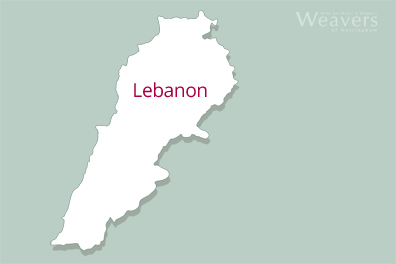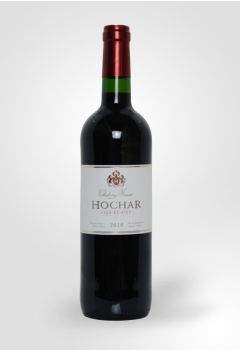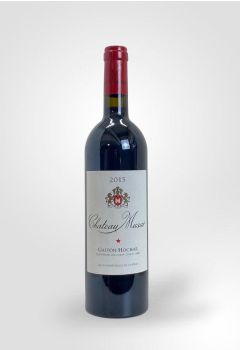
-
- Origin
- Lebanon
- Bekaa Valley
Bright ruby red in colour with red fruits, plums, sloes and cherries on the nose and palate. Well-balanced and elegant wine that combines vibrant frui... Read More- Origin
- Lebanon
- Bekaa Valley
Bright ruby red in colour with red fruits, plums, sloes and cherries on the nose and palate. Well-balanced and elegant wine that combines vibrant frui... Read More -
- Origin
- Lebanon
- Bekaa Valley
A classic Musar. bright expression of cherries, mulberries and plums with integrated spice and liquorice. Lovely long finish. Aa wine that will age be... Read More- Origin
- Lebanon
- Bekaa Valley
A classic Musar. bright expression of cherries, mulberries and plums with integrated spice and liquorice. Lovely long finish. Aa wine that will age be... Read More
Although its production is small, much is exported and the country's great name - Château Musar - will appear on the menu of many fine restaurants. Hot on its heels are a handful of other exciting estates.
History
Winemaking in Lebanon dates back thousands of years, to the early Phoenicians, and the produce of the country was held in high esteem by successive empires and states throughout Europe. The Venetians, in particular, were heavily involved in the trade of its wines. More recently, the Civil War of the '70s and '80s shattered all aspects of the economy but the wine industry survived and has started to thrive.
Climate and Conditions
The latitude of Lebanon is low, but the altitude of many of its vineyards is high, and these two factors combine to make the ripening of grapes a sufficiently long and reliable process. The Bekaa Valley is the only important winemaking region and its one thousand metres of height and high rainfall create the ideal conditions for the growing of grapes. It also allows international vines - such as Cabernet Sauvignon and Cinsault - to take on characteristics that set them apart from those that are grown at their home.
Wines of Today
The red wines of Lebanon - produced largely in the style of Bordeaux from Cabernet Sauvignon and Cinsault - have become celebrated for their finesse and their style. Increasingly the whites are attracting admirers too. Obaideh and Merwah, akin to Chardonnay and Semillon respectively, are beginning to produce a range of exciting wines. The future is innovative and bright.



